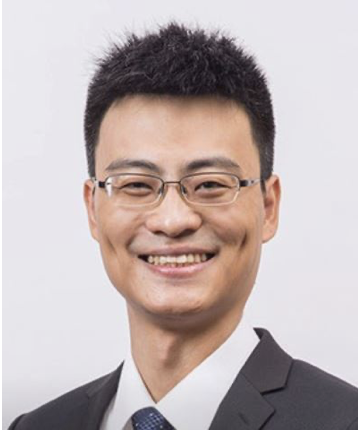

keynoteProf. Liang Li & Prof. Satoshi Tanaka
Ritsumeikan University
Title: High-Visibility Edge-Highlighting Visualization of Large-Scale 3D-Scanned Point Clouds of Cultural Heritage Objects
Time: 11:00-11:45
Abstract: The theme of this keynote talk is the visualization of 3D scanned data; a new type of big data produced by modern 3D scanning technology.
Recent advances in 3D scanning have made it easier to conduct 3D scans of large-scale cultural heritage objects.
The data obtained from these scans result in large-scale point cloud datasets consisting of hundreds of millions of 3D points or even more.
In this talk, we will introduce the theory and practice of our method, “dual 3D-edge extraction,” which efficiently and comprehensively extracts 3D edge information from large-scale point cloud data of cultural heritage objects,
enabling high-visibility visualization of the complex 3D structures of scanned objects.
Our method allows for the accurate extraction and visualization of not only sharp edges but also the soft edges (rounded edges) that are abundant in real cultural heritage objects.
Furthermore, the synergy between sharp and soft edges enables halo effects that significantly enhance depth perception.
We will present examples of visualizations of highly valuable cultural heritage objects, including the Borobudur Temple (Indonesia), a UNESCO World Heritage site, the festival floats of the Gion Festival (Kyoto, Japan),
one of the three largest traditional festivals in Japan, and many others.
Speaker Bio 1: Prof. Liang Li
Liang Li received his M.Eng. and Dr.Eng. degrees from Hiroshima University in 2008 and 2011, respectively.
He is currently a Professor at the College of Information Science and Engineering at Ritsumeikan University, Japan, where he also serves as the Vice Director of the Ritsumeikan International IT Education Promotion Office.
He is an executive board member of the Japan Society of Simulation Technology and a council member of the ASIASIM Federation.
His primary research interests include visual information processing, visualization, virtual reality, and the application of these technologies in digital humanities.
His work in the visualization of cultural heritage has earned numerous recognitions, including multiple Best Paper Awards at international conferences and Gold Awards in art competitions.
His research has been featured by major media outlets such as NHK, Yomiuri Shimbun, and Kyoto Shimbun.
Speaker Bio 2: Prof. Satoshi Tanaka
Prof. Satoshi Tanaka received his Ph.D. in theoretical physics from Waseda University, Japan, in 1987.
After serving as an assistant professor, senior lecturer, and associate professor at both Waseda University and Fukui University, he became a professor at Ritsumeikan University in 2002.
His current research focuses on the computer visualization of complex 3D shapes, such as 3D-scanned cultural heritage objects, internal structures of the human body, and fluid simulation results.
He has held influential positions, including vice president of the Visualization Society of Japan (VSJ), president of the Japan Society for Simulation Technology (JSST), and president of ASIASIM (Federation of Asia Simulation Societies).
Currently, he is a cooperating member of the Japan Science Council. Regarding PacificVis, he served as the local organizing chair for the first conference, PacificVis 2008 (Kyoto),
and later as the poster chair for PacificVis 2014 (Yokohama).
He has received best paper awards at the Asia Simulation Conferences (2012 and 2022), the Journal of Advanced Simulation in Science and Engineering in 2014, among others.
His recent work on the precise visualization of 3D-scanned data of cultural heritage objects has received international acclaim, leading to numerous invitations for keynote and invited talks at international conferences,
including Cyberworlds 2019 (11 in total from 2015-2023).
fullIdentification of Leading Lines in Artworks Based on Topological Analysis of Saliency Maps
Time: 11:45-12:05
- Fuminori Shibasaki (Keio University)
- Prof. Issei Fujishiro (Keio University)
fullTransparent Visualization with Dynamic Shading for 3D Scanned Point Clouds of Cultural Heritage Objects
Time: 12:05-12:25
- Hatsuki Nojiri (Ritsumeikan University)
- Satoshi Takatori (Ritsumeikan University)
- Kyoko Hasegawa (Tokai University)
- Liang Li (Ritsumeikan University)
- Michael Feener (Kyoto University)
- Keiji Yano (Ritsumeikan University)
- Satoshi Tanaka (Ritsumeikan University)